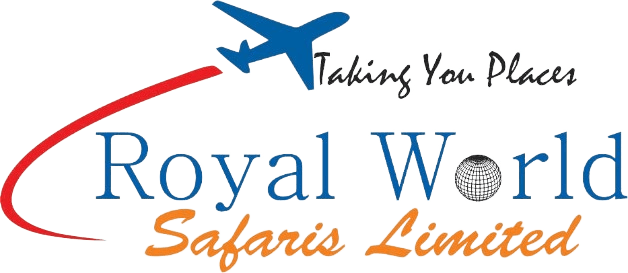Gorilla trekking tours in Uganda offer a unique opportunity to observe endangered mountain gorillas in their natural habitat. Here’s what you can typically expect from Uganda gorilla trekking tours:
Bwindi Impenetrable National Park and Mgahinga Gorilla National Park: These are the two main national parks in Uganda where gorilla trekking takes place. Bwindi is home to roughly half of the world’s remaining mountain gorilla population, while Mgahinga offers a smaller but equally captivating gorilla trekking experience.
Permit Acquisition: Gorilla trekking permits are required for each visitor and are typically obtained through tour operators or Uganda Wildlife Authority (UWA) offices. Permits can be in high demand and should be booked well in advance, especially during peak seasons.
Pre-Trekking Briefing: Before the trek, visitors receive a briefing from park rangers or guides. This includes information about gorilla behavior, safety precautions, and the rules and regulations to follow during the trek.
Trekking Experience: Gorilla trekking involves hiking through dense forests in search of gorilla families. Treks can vary in duration and difficulty depending on the location of the gorillas and the terrain. It’s essential to be in good physical condition and prepared for a potentially challenging hike.
Gorilla Encounters: Once gorillas are located, visitors spend a designated amount of time (usually up to one hour) observing and photographing them from a safe distance. Guides provide insights into gorilla behavior and habits while ensuring minimal disturbance to the animals.
Other Wildlife Viewing: While gorilla trekking is the main highlight, Uganda’s national parks are also home to diverse wildlife species. Depending on the location, visitors may encounter other animals such as golden monkeys, forest elephants, chimpanzees, and various bird species during their trek.
Cultural Experiences: Many gorilla trekking tours in Uganda incorporate cultural visits to local communities near the national parks. This provides an opportunity to learn about traditional lifestyles, customs, and cultural practices of indigenous tribes such as the Batwa and Bakiga.
Accommodation: Tour packages often include accommodation options ranging from budget-friendly lodges to luxury safari camps near the national parks. Lodging may be located within or near the park boundaries, offering convenient access to gorilla trekking starting points.
Transportation: Tour operators typically arrange transportation from major cities like Kampala or Entebbe to the gorilla trekking destinations. This may include private or shared vehicles, depending on the size of the tour group.
Guided Tours: Gorilla trekking tours are led by experienced guides and park rangers who are knowledgeable about the local flora, fauna, and gorilla conservation efforts. Guides ensure visitor safety and provide educational insights throughout the trekking experience.
